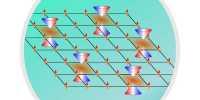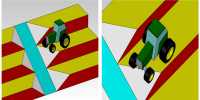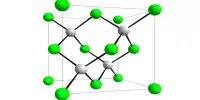It’s strange, quantum mechanics. And don’t believe anything we say. It did not exactly please Einstein. with the idea of entanglement, which the renowned physicist referred to as “spooky action at a distance.” The work of the three most recent Nobel laureates and many others has shown that Einstein’s idea that this spookiness could be explained away was false. utterly at odds with the truth.
Einstein sought a deterministic explanation for the universe. Therefore, once you are familiar with the principles of physics, you ought to be able to comprehend, simulate, and even forecast everything that occurs in the universe. But that’s not how quantum physics actually operates. It uses probability.
And there are several behaviors in reality that defy the deterministic viewpoint.
Proposing the existence of hidden variables—properties that would affect measurements but couldn’t be measured—was the “fix” to make quantum physics not probabilistic. Bell’s theorem refers to a variety of tests for the existence of these hidden variables, the first of which was put forth by physicist John Stewart Bell in 1964.
Alain Aspect, John Clauser, and Anton Zeilinger, the recipients of the 2022 Nobel Prize in Physics, and their numerous collaborators worked on research that verified the inequalities claimed in the theorem and made significant contributions to the field of quantum information. The topic has served as the cornerstone for ideas like quantum cryptography and quantum teleportation, as well as the theory underlying how quantum computers will function in the future.
Entangled photons, in which two light particles are combined into one state, are used in their research. It doesn’t appear particularly creepy so far, but the oddity is in the details. In quantum physics, performing a measurement “freezes” the property tested in a particular state; this is referred to as the wavefunction collapsing. No matter how far apart the two particles are, taking measurements of one will instantly cause the other photon in an entangled pair to collapse.
This may initially appear to be faster-than-light communication, which is strictly forbidden in physics. But hundreds of scientists’ collective work has demonstrated that this is not the case at all. Simply said, quantum mechanics functions differently.
The Breakthrough Prizes recognized quantum information a couple of weeks ago. It is, without a doubt, the current hot issue.
The new Nobel laureates will each get a monetary award totaling 10 million Swedish kronor, or around $896,000.
Despite the fact that the Nobel Prize is given only to one person, Zeilinger emphasized during the press conference that he could not have won it without the assistance of more than 100 young coworkers.
There have been 221 Physics Nobel laureates since 1901. Four of them were female.















